Wings of Wonder
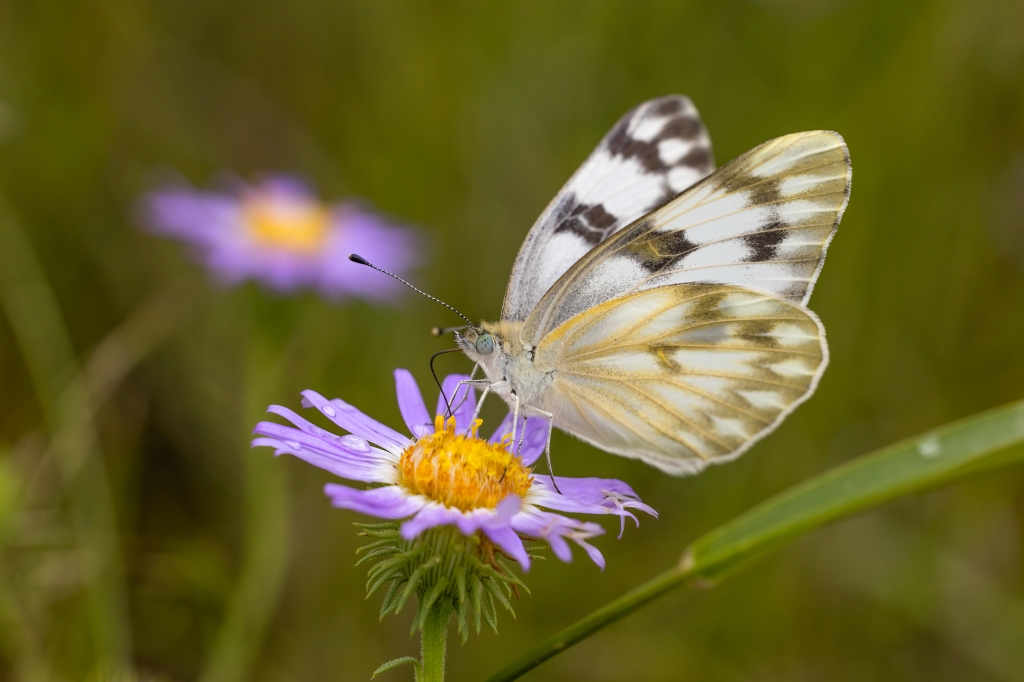
Writer Joseph J. Airdo // Photography by Bruce D. Taubert
In the ephemeral flutter of a butterfly’s wings lies an entire universe of artistry invisible to the naked eye. Delicate, intricate and astonishingly complex, these living canvases reveal their secrets only through the magnifying lens of macro photography — and the patient eye of a scientist-artist like Bruce D. Taubert.
“When I began, I wasn’t aware of the intricacies of moth and butterfly wing patterns,” says Taubert, whose dramatic close-up images capture the hidden architecture of these remarkable structures. “I love my images that show the veins and scales in their wings. The veins provide structural strength, while the scales are waterproof and necessary for flight.”
Each photograph in this collection represents not just a moment captured but hours of meticulous technical work using specialized equipment more commonly found in scientific laboratories than photography studios. The results offer a rare glimpse into a miniature world where form meets function in spectacular fashion.
“The variety of patterns is exciting — from interweaving to overlapping to very fuzzy scale patterns,” Taubert explains. “Each moth or butterfly seems to have found a unique way of structuring the same basic materials.”
Arizona’s diverse ecosystems — from the high alpine forests near Flagstaff to the Sonoran Desert — support a remarkable variety of Lepidoptera, each species evolving distinctive wing characteristics. Among them, Taubert has his favorites.
“The great blue hairstreak is probably my favorite butterfly, if I had to choose one,” he shares. “The striking iridescent blue wings against the black background are quite eye-catching.”
The differences between butterfly and moth wings become strikingly apparent through Taubert’s lens.
“Butterflies typically have more defined scales arranged in distinct patterns, while moths tend to have longer scales laid down in a more overlapping fashion,” he notes. “If you’ve ever handled a moth, you’ve probably noticed how easily their scales come off — almost like dust on your fingers. Butterfly scales, in my experience, don’t detach quite as readily.”
These images invite us to look more closely at the commonplace wonders that surround us, particularly during spring when butterflies emerge in abundance across Arizona’s landscapes.



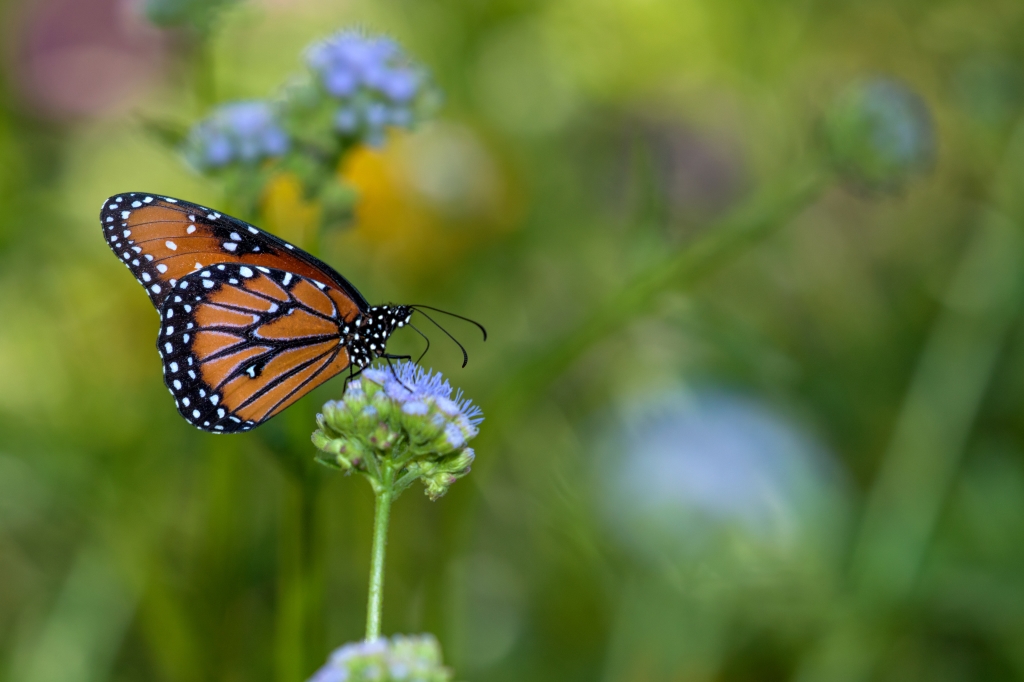





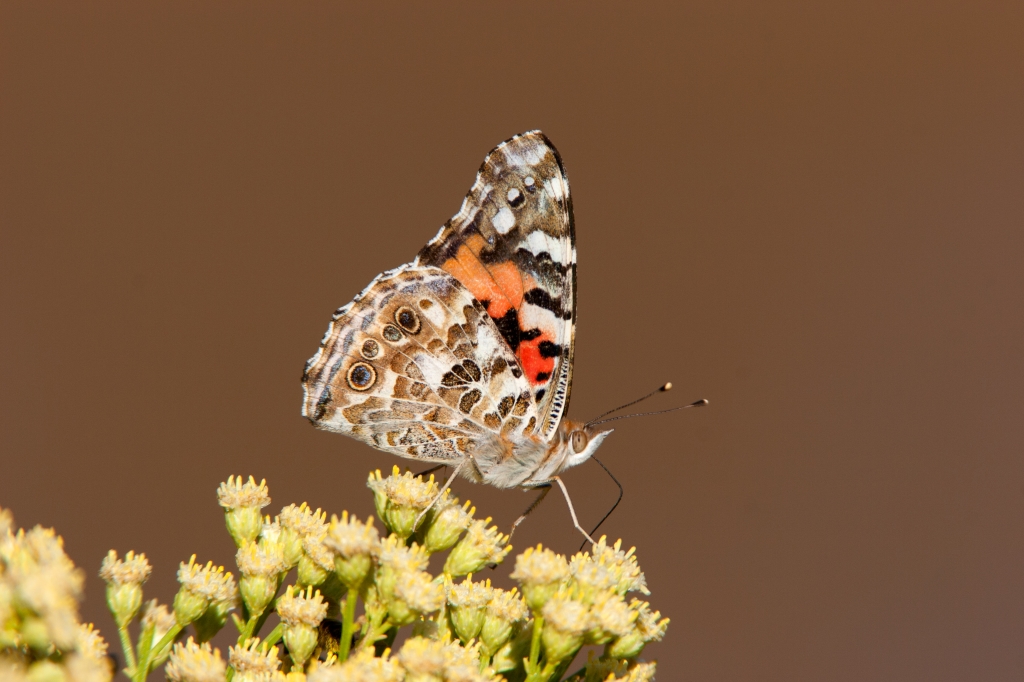





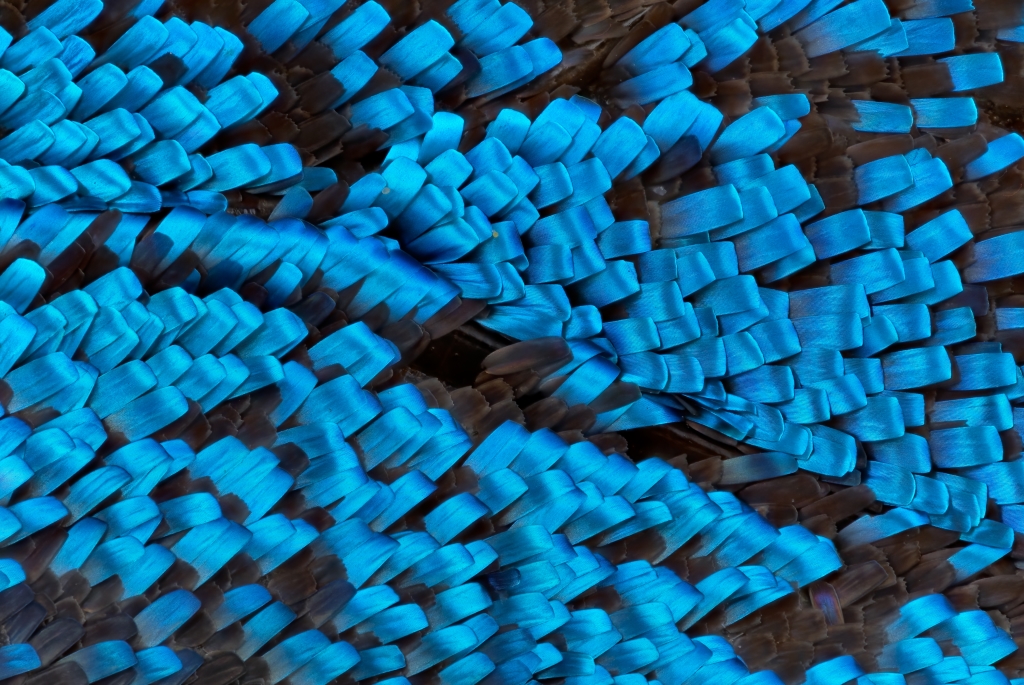


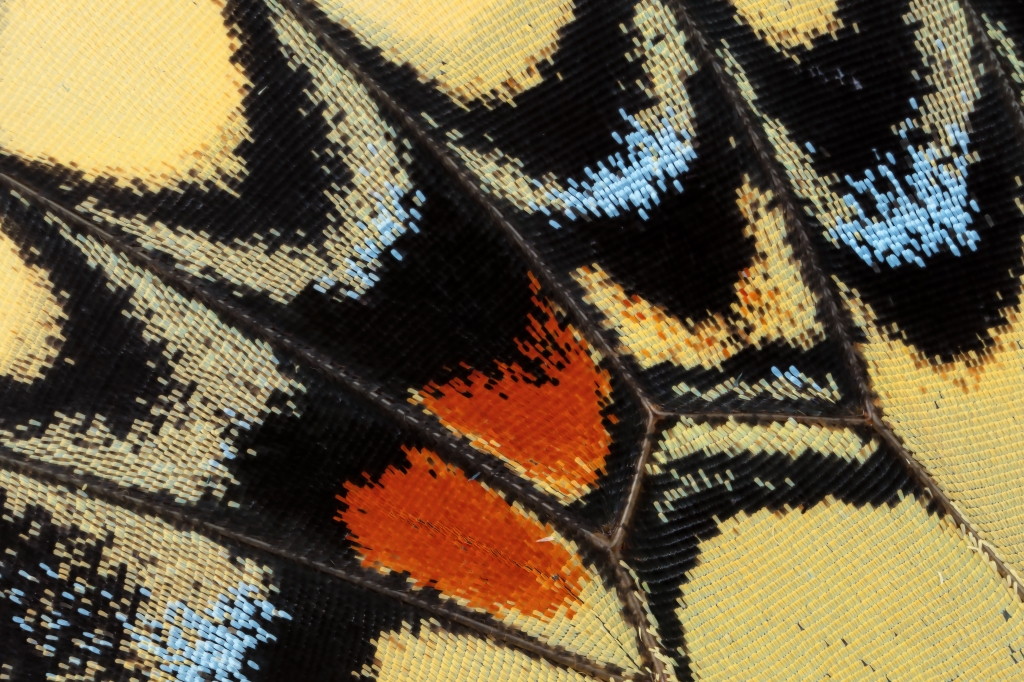


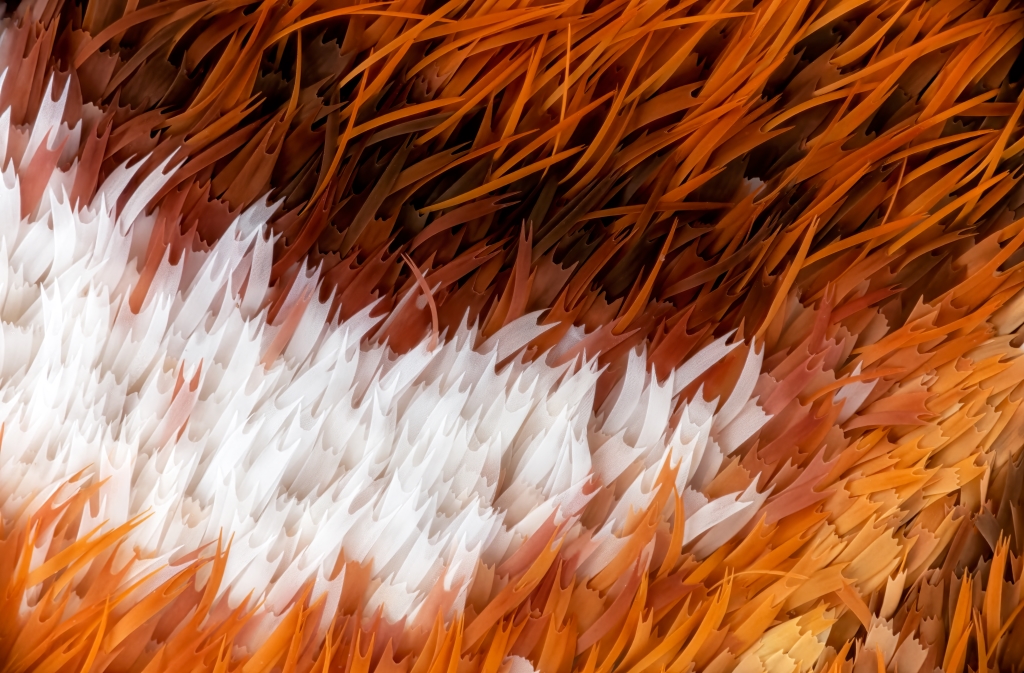


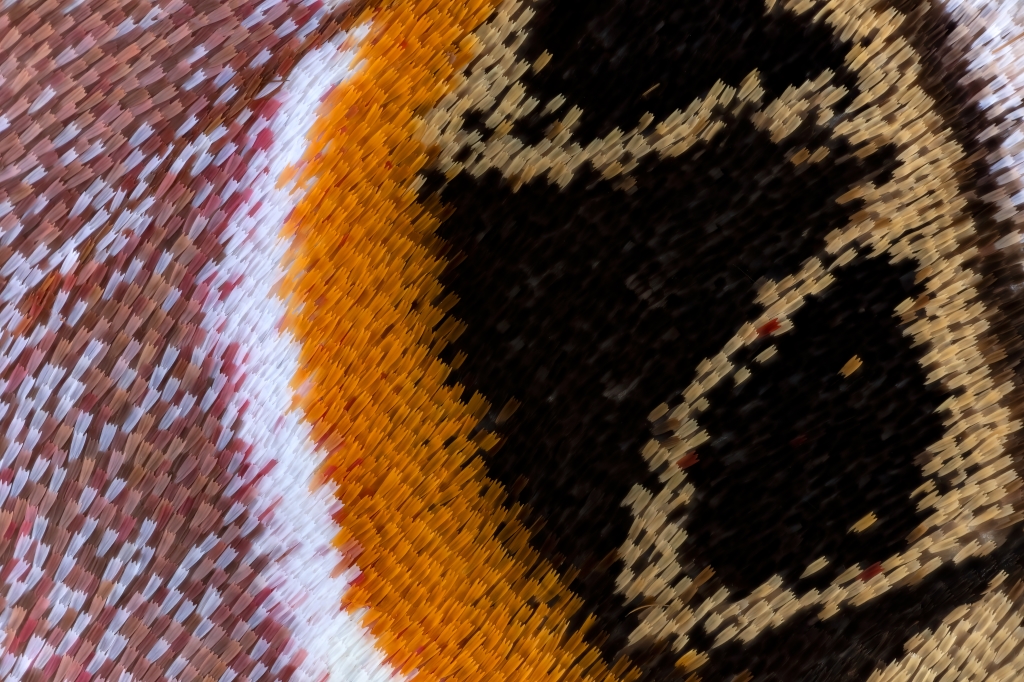


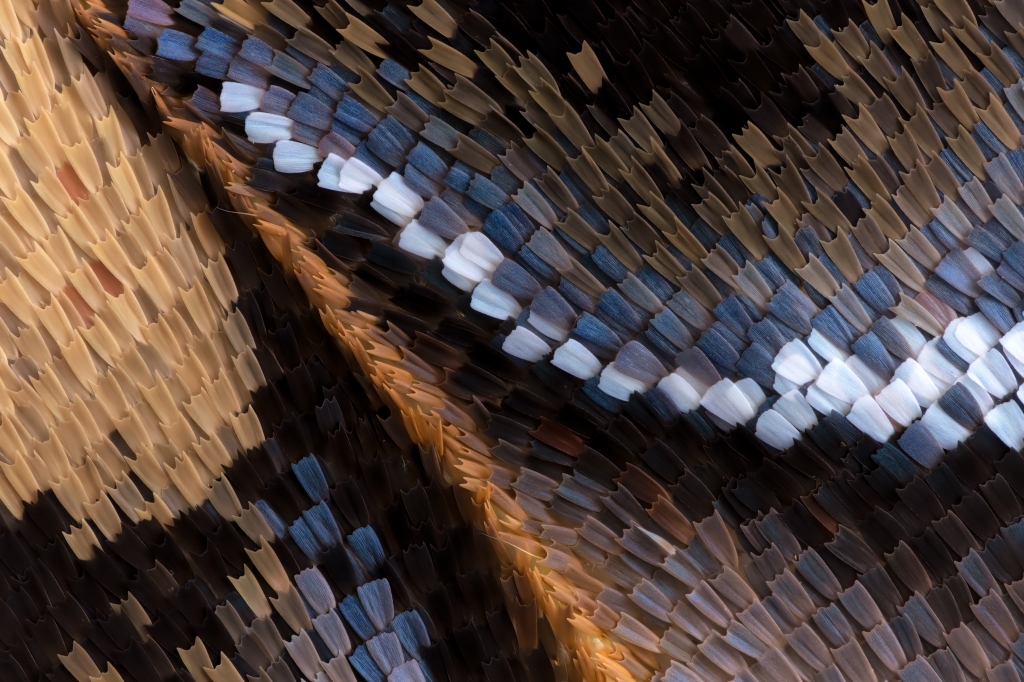


About the Photographer
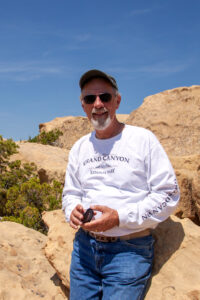


With a Ph.D. in wildlife management and decades of experience as a conservation biologist, Bruce D. Taubert approaches his subjects with both scientific precision and artistic vision. His extreme macro photography of butterfly and moth wings employs techniques that bridge the gap between laboratory science and fine art.
“When capturing my super-close-up images of wing structures, I use equipment similar to what you’d find in a microscope lab,” he says.
The process is painstaking, involving specialized macro lenses capable of 1x to 20x magnification, precise lighting setups, and an automated focusing rail that moves the camera in minute increments.
“For each specimen, I capture anywhere from 20 to 200 images at slightly different focal distances, then combine them using what’s called focus stacking software,” Taubert describes. “This creates a single image with depth of field impossible to achieve in a single shot. It’s an incredibly tedious process requiring patience and precision, but I’m driven by the beautiful results that reveal details invisible to the naked eye.”
Taubert’s global travels have taken him from the cloud forests of Panama to the African savanna, yet he maintains a special appreciation for his home state.
“Arizona ranks as the third-most biodiverse state in the United States. We have more plant and animal species than 46 of our sister states,” he notes with pride. “Our sky islands offer unique and isolated ecosystems where species found nowhere else in the world have evolved.”
His insatiable curiosity drives both his scientific and photographic pursuits.
“I have a driving need to discover more about animal biology,” he explains. “Photography gives me the opportunity to not only get up close and personal with wildlife, but it forces me to study my subjects so I can capture images that highlight meaningful behaviors.”
His work spans diverse subjects, from the microscopic to the magnificent. Throughout his career, Taubert has contributed to numerous scientific publications while creating images that have resonated with broader audiences in National Geographic, Science, Arizona Highways and Arizona Wildlife Views.
“As a biologist, my goal is to learn as much as possible about wildlife so I can contribute to conservation efforts,” he reflects. “I believe that sharing compelling wildlife images with the public fosters greater appreciation for these creatures and, ultimately, motivates people to protect our most cherished natural resources.”

